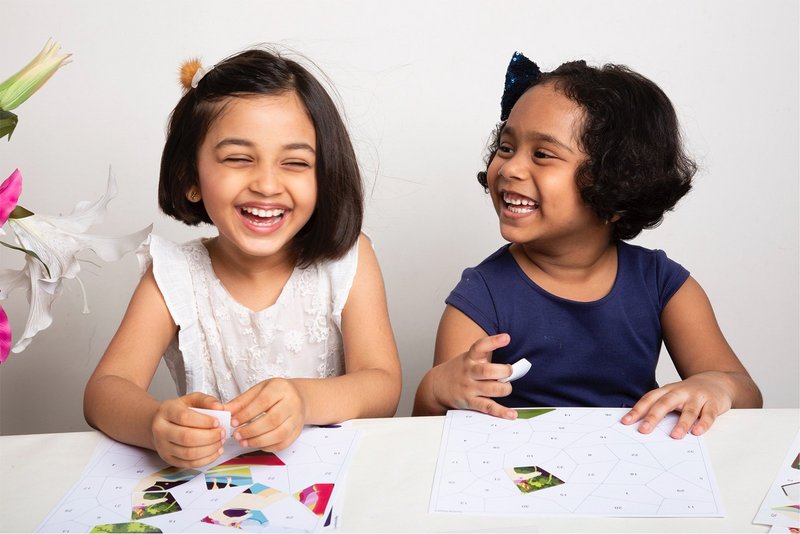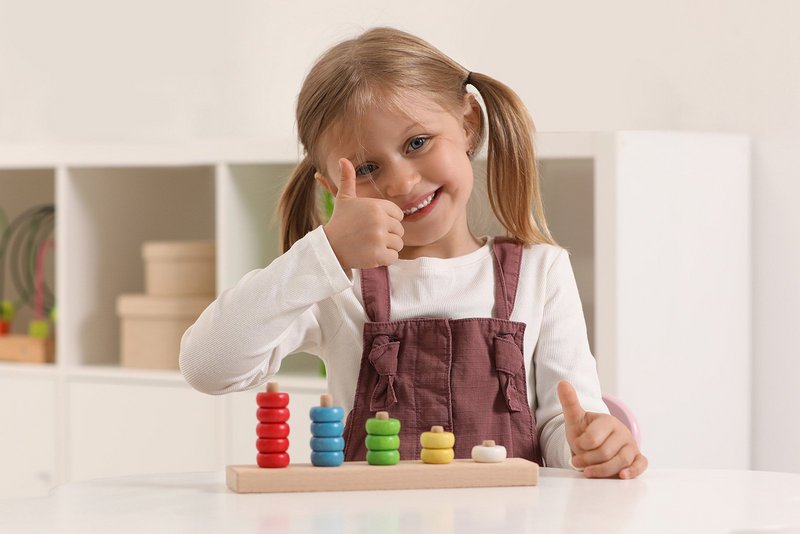
From Wow to Flow to Glow
Valuing play in sustainable toy design
By Katriina Heljakka
Toys are products that are designed to spark joy. Great toys signal a promise of play and involve us in enthrallment, enchantment, and enduring experiences. Research associates these stages of toy experiences as wow, flow, and glow.
How toys create enthusiasm and purpose

Toy experiences evolve over the first-hand reaction of being wowed by the toy. In play, toys allow immersion through imagination, interaction, and storytelling with the toy, which is recognized in research as flow. Once the toy is used in play, it receives a glow, an air of meaningfulness as it has fulfilled its purpose.
All products have a limited lifetime, toys more than most. Where do toys' lifecycles begin and end, and where will they go when they have fulfilled their purpose as playthings?
From Concept to Play: The Lifecycle of Toys
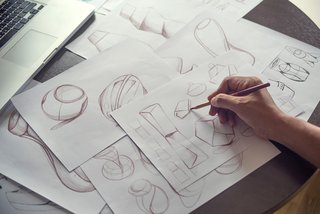
In the toy industry, product lifecycles begin in the designers’ minds, hands, and sketch boards, nowadays also in social media trends. Attaining wow in toy design is easy as this dimension of the toy experience relies on novelty and spectacle. Ensuring that the toy will enter the flow stage is harder—this will happen only if the player accepts the toy’s invitation to play. Design literature knows play as the interaction between a player and the toy’s affordances. Flow is fulfilled through trying, testing, and tinkering with the toy. This is what toy play is about.
Sustainability meets Play
Current times call for attention regarding sustainability in toy making. Responsible toy design regards longevity as a desired value. Alongside being safe and durable in use, sustainable toys cast a glow. Designing the glow is the hardest part of toy design, as this stage of the toy experience is connected with the player’s long-term engagement with the toy. How can the toys’ journeys be enhanced and prolonged through design aiming at glow?
How to create sustainable value in toys
- Aim for longevity in toy use by considering the experiences of wow, flow, and glow
- Integrate play value from the perspectives of the toys’ physicality, playability, storytelling and enhance possibilities for emotional attachment
- Displayability and poseability in character toys are relevant for adult toy players
- In times of visual storytelling and social sharing of toy stories, photogeneity in toys is important for kidults as well as kids
Designing Toys for Longevity: Play Value and Emotional Impact
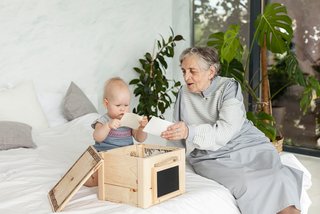
According to the Universal Design Principles, toys should be appealing, promote intuitive play patterns, be easy to use and adjust, and afford many ways of play. One of the most important goals for contemporary toy design should be creating sustainable value in toys.
Good toy design aims to produce play value derived from raw materials, aesthetics, mechanics, and relations to storytelling. Sustainable aspects of play value are toys' physical durability, functionality, and intriguing backstories that invite the player to long-term play. All of these are relevant to both design and use. When toys’ play value is considered thoroughly from these perspectives, emotional responses to the plaything are strengthened.
Good toy design also seeks to amplify and prolong the play value of playthings to make them more sustainable. The toy industry benefits from knowing more about how players perceive value in toys, which can be achieved by studying their activities.
Designing Toys for open ended play
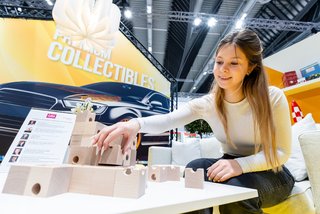
Studies among toy players of various ages reveal the significance of toys' physical, functional, fictional, and affective affordances and their perceived play value. Playability is important for kids, while displayability is considered relevant by adults.
The best toys are visually and materially intriguing. Toy enthusiasts value the toys ‘poseability’ and ‘photogeneity,’ not forgetting about the huggability of character toys like plushies. Regardless of age, toy players are interested in collectability and customization possibilities. This means that player actions extend beyond the affordances given to the toy by the designers. Designing for possibilities for open-ended play is, therefore, a winning idea.
When successfully realized in a toy, the process from wow to flow to glow describes an ideal situation that toy designers should strive for with sustainable toy experiences in mind. As surprises delight players across the lifespan, good toy design could also consider how possibilities for a secondary experience of wow, or ‘double-wow,’ could emerge in engagement with a plaything through discovering hidden and surprising elements in the toy.
Imagination, Magic, and the Circular Economy of Toys

Finally, how toys mature in player use depends on the player's creativity and imagination. Brian Sutton-Smith, a renowned play scholar, has said that toys should grip the imagination, and the imagination must grow them. Therefore, sustainable toy experiences always contain the undefinable magic ingredient that titillates the players' imagination and leads to repeated play with the toy.
While magic transcends design theory, it is still beneficial to consider the basic principles of wow, flow, and glow and the physical, functional, fictional, and affective dimensions of toy experiences that are important in player cultures. All of these elements contribute to valuing play in sustainable toy design.
The Eternal Lifecycle of Toys
At the end of the toy’s lifecycle lies the question of disposal or replay: Toys with that certain glow help to maintain their importance and status in time and can be replayed forever. Even as raw materials, they can re-enter the sphere of play as part of new playthings. Understanding this is key in the emerging circular economy of toys.
Katriina Heljakka at the Toy Business Forum at Spielwarenmesse 2025
You would like to learn more about the longevity of toys? Visit Kati (Katriina) Heljakka at her talk “Sustainable toy design and sustainable play cultures“ at the Toy Business Forum at Spielwarenmesse 2025.
Location: Hall 3A
Date: Tuesday, 28 January 2025
Time: 3:45 – 4:15 pm
About the author:
Toy and play researcher Katriina Heljakka, Doctor of Arts (Ph.D.), studies toys and the visual, material, digital, and social cultures of play at the University of Turku. She has completed two doctoral degrees focusing on toy play and has published extensively on toy player cultures.


